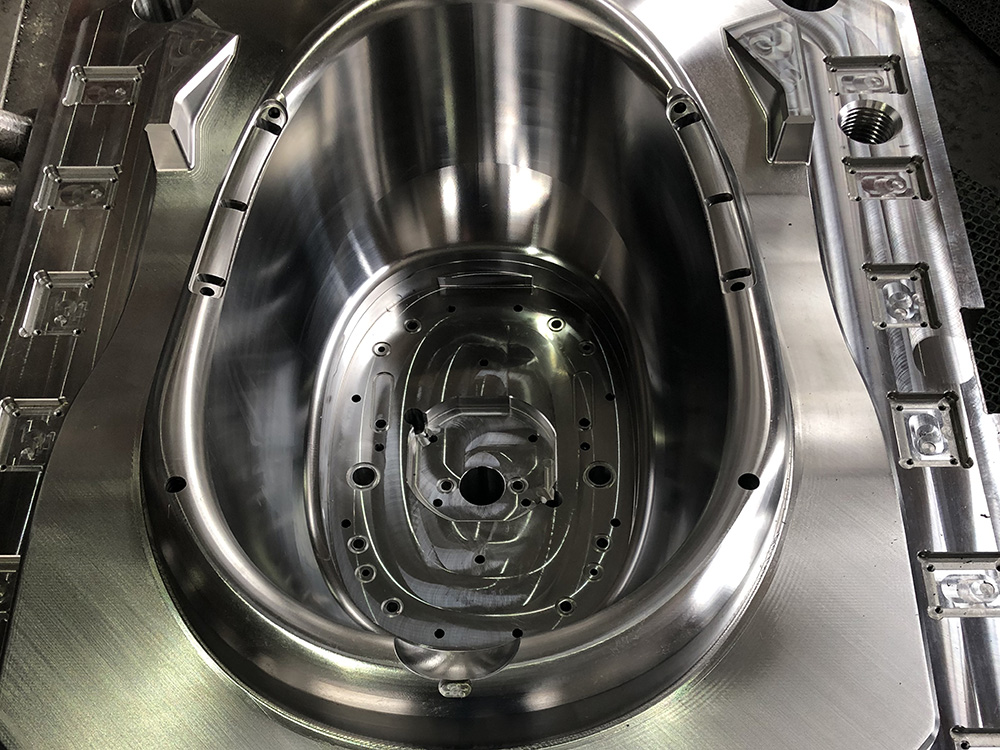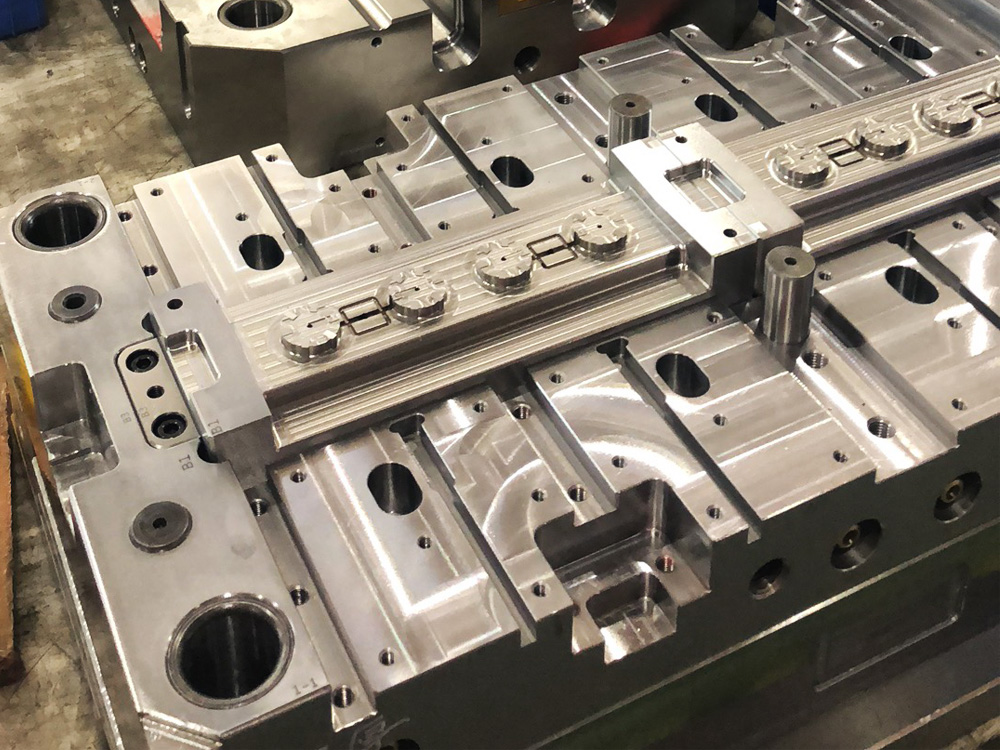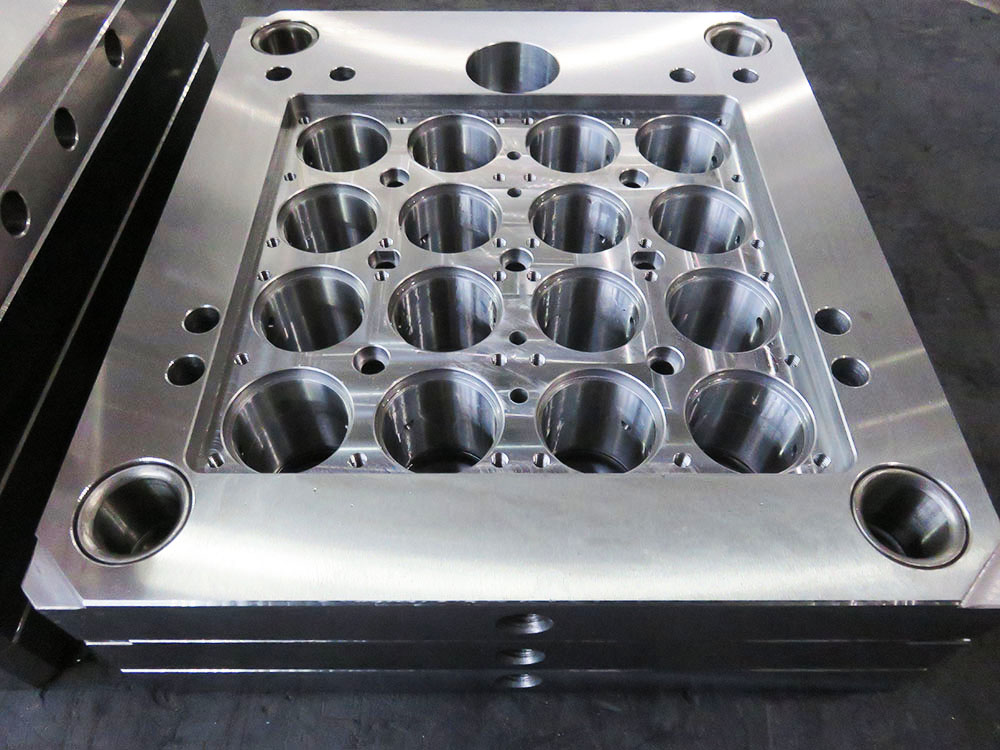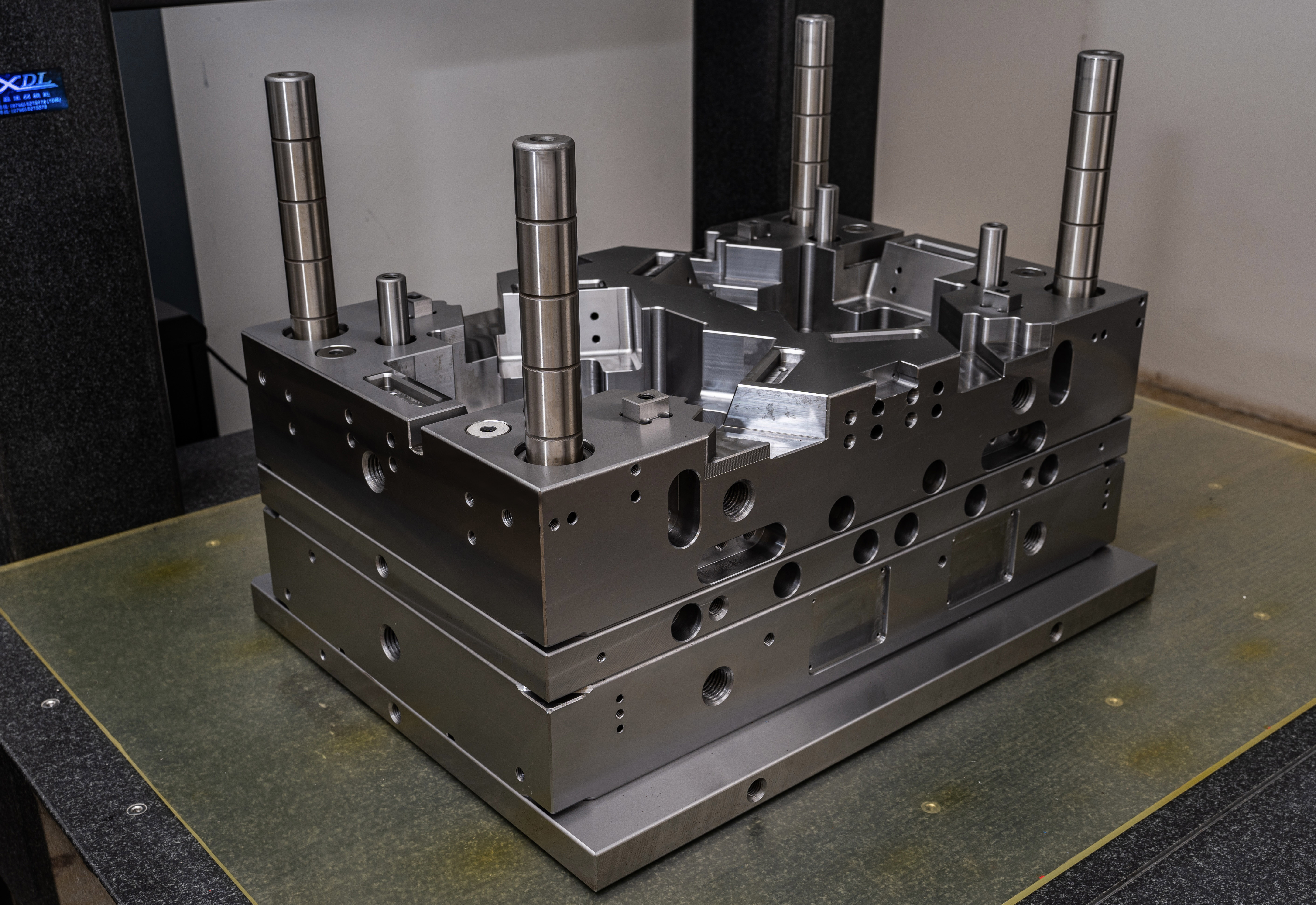Quality control and validation are paramount in the field of mold and die technology. Ensuring that tools meet strict standards and specifications is essential to achieving precision and consistency in manufacturing. In this article, we will explore the strategies and methodologies used for quality control and validation in mold and die technology.
Quality Control in Mold and Die Technology
-
Design Verification: Quality control begins with design verification. Engineers meticulously review and validate the design specifications to ensure they meet the intended requirements. This involves a thorough examination of CAD models, dimensions, and material selection.
-
Material Inspection: Quality control extends to the materials used in mold and die construction. Material inspection involves confirming the material's quality, composition, and properties, aligning them with the specified requirements.
-
Precision Machining: The machining process must meet stringent tolerances. Quality control for precision machining includes frequent measurements and inspections to verify that the tool's dimensions and surface finish adhere to the design.
-
Heat Treatment Analysis: For tools that undergo heat treatment, quality control includes assessing the effectiveness of the process in enhancing the tool's hardness, durability, and resistance to wear.
-
Surface Finish Evaluation: The quality of the surface finish is critical, as it directly impacts the quality of the products produced. Surface finish inspections ensure that the desired surface characteristics, such as smoothness or roughness, are achieved.
Validation Strategies in Mold and Die Technology
-
First Article Inspection (FAI): FAI is a critical validation method involving a detailed examination of the first tool produced from a new mold or die. It confirms that the tool meets design specifications and produces the desired results.
-
In-Process Monitoring: Implementing real-time monitoring during the manufacturing process provides insights into tool performance. It allows for adjustments and corrections as needed to ensure that the tool remains within specified tolerances.
-
Tolerance Testing: Validation often involves tolerance testing to ensure that the tools can consistently produce components with the required precision. This may include measuring the dimensions of produced parts and comparing them to the design specifications.
-
Performance Testing: Comprehensive performance testing assesses the tool's ability to meet production demands. For example, a die used in a stamping process may undergo extensive testing to confirm its ability to produce a high volume of parts without defects.
-
Dimensional Metrology: Advanced measurement techniques and equipment, such as Coordinate Measuring Machines (CMMs), are used for precise dimensional metrology. This ensures that the tool maintains its original dimensions.
-
Material Analysis: Validation includes material analysis, such as metallurgical testing, to verify the material's structural integrity and its ability to withstand stress, wear, and environmental factors.
-
Real-World Simulation: In some cases, validation may involve real-world simulation tests where the tool is subjected to production conditions to confirm its performance under actual manufacturing scenarios.
Conclusion
Quality control and validation strategies are integral to ensuring the reliability and effectiveness of molds and dies in the manufacturing process. The rigorous examination of design, materials, precision machining, heat treatment, surface finish, and the implementation of validation methods such as FAI, in-process monitoring, and dimensional metrology are essential to meet strict quality standards. Mold and die technology relies on these strategies to deliver consistent and precise results, enabling manufacturers to produce high-quality products with efficiency and reliability. In a world where precision and consistency are paramount, the pursuit of excellence in quality control and validation in mold and die technology remains a vital imperative.




